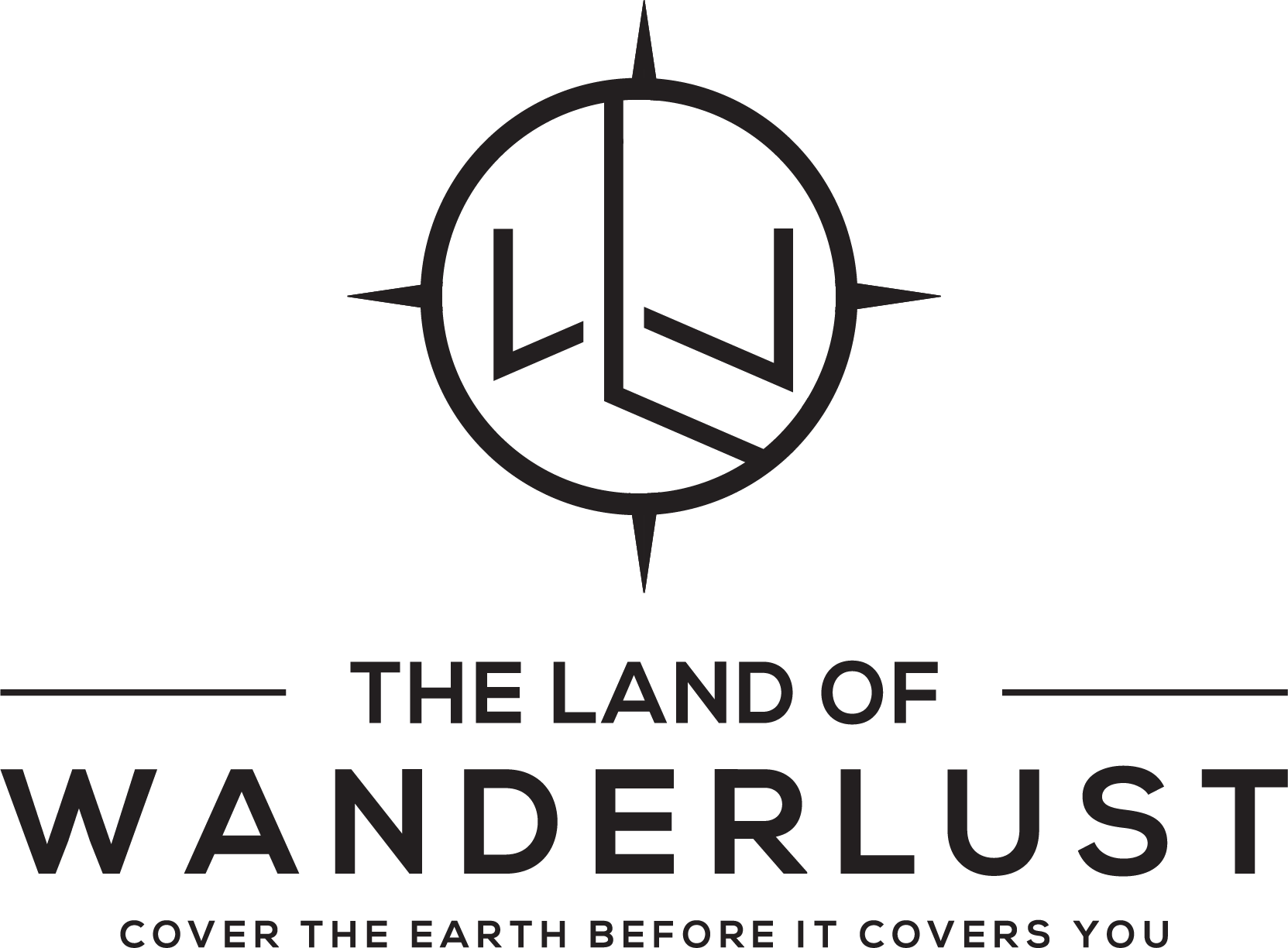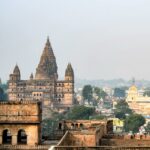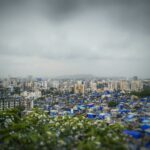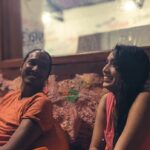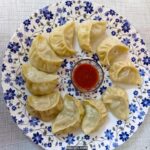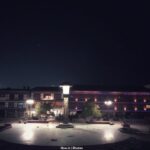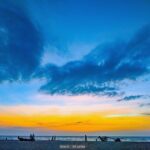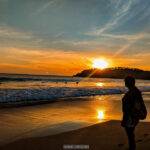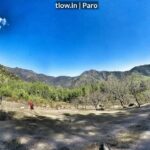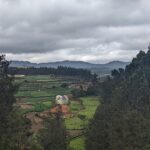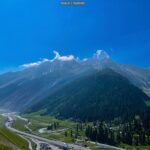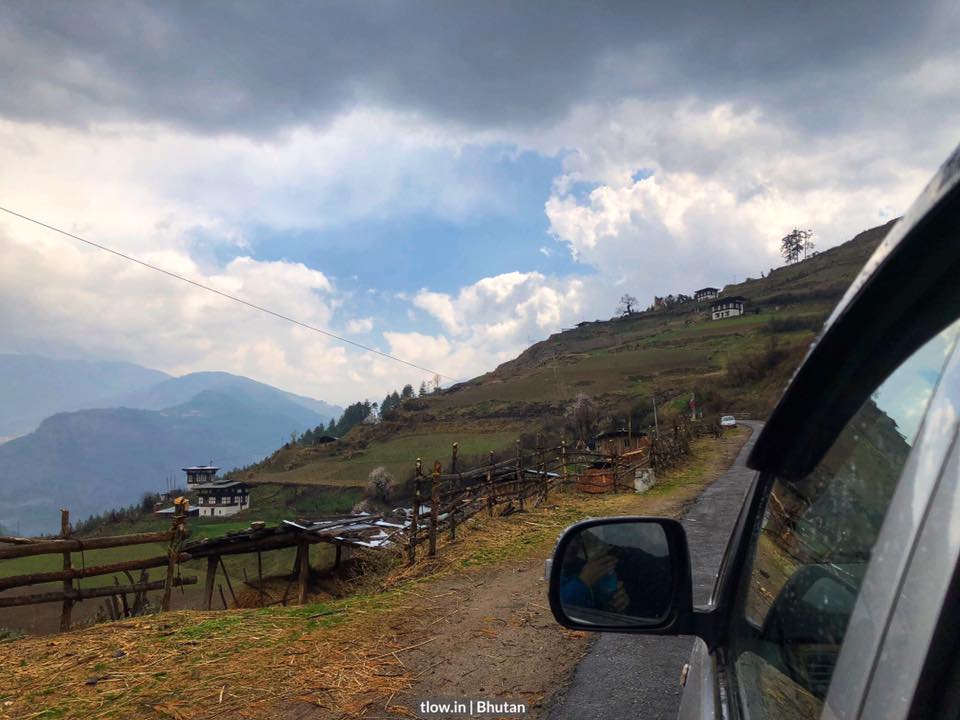
Bhutan travel guide
Bhutan is a small Himalayan kingdom that has been called the last Shangri-La, a place of peace and harmony where happiness is more important than wealth. Bhutan is famous for its stunning natural beauty, rich cultural heritage, and unique Buddhist philosophy. If you are looking for a destination that offers adventure, spirituality, and authenticity, Bhutan might be the perfect choice for you.
But how do you plan a trip to Bhutan? What are the best places to visit, the best time to go, and the best way to get there? In this article, we will answer these questions and more, and give you some tips and tricks to make your Bhutan travel experience unforgettable.
Table of Contents
How to Get to Bhutan
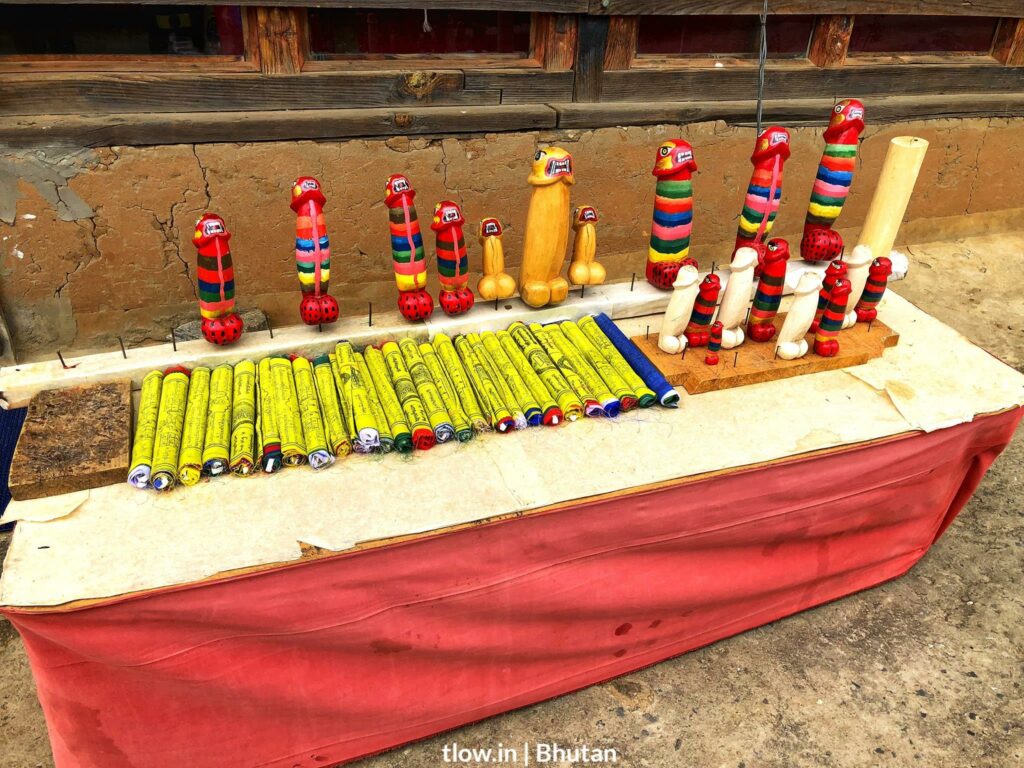
Bhutan is not an easy country to reach, as it has only one international airport in Paro, and only a few airlines that fly there. The main airlines that operate flights to Bhutan are Druk Air and Bhutan Airlines, which connect Paro with destinations such as Delhi, Kolkata, Kathmandu, Bangkok, Singapore, and Dhaka. You can also enter Bhutan by road from India through the border towns of Phuentsholing, Gelephu, or Samdrup Jongkhar, but you will need a special permit and a guide to do so.
How to Travel in Bhutan
Bhutan is not a country where you can travel independently, as it has strict regulations for tourism. You will need to book your trip through a licensed tour operator, who will arrange your visa, itinerary, accommodation, transportation, guide, and meals. You will also need to pay a daily tariff of $250 per person per day (or $200 in low season), which covers all these services and also contributes to the country’s development and conservation efforts. The only exception is for travellers from India, Bangladesh, and Maldives, who do not need a visa or a tour operator to visit Bhutan.
The most common way to travel in Bhutan is by car, as the road network is limited and the terrain is mountainous. Your tour operator will provide you with a driver and a guide, who will accompany you throughout your trip. You can also travel by bus or by domestic flights between Paro, Bumthang, Trashigang, and Gelephu. If you are feeling adventurous, you can also opt for trekking or cycling tours, which will allow you to explore the remote and scenic areas of Bhutan.
When to Visit Bhutan
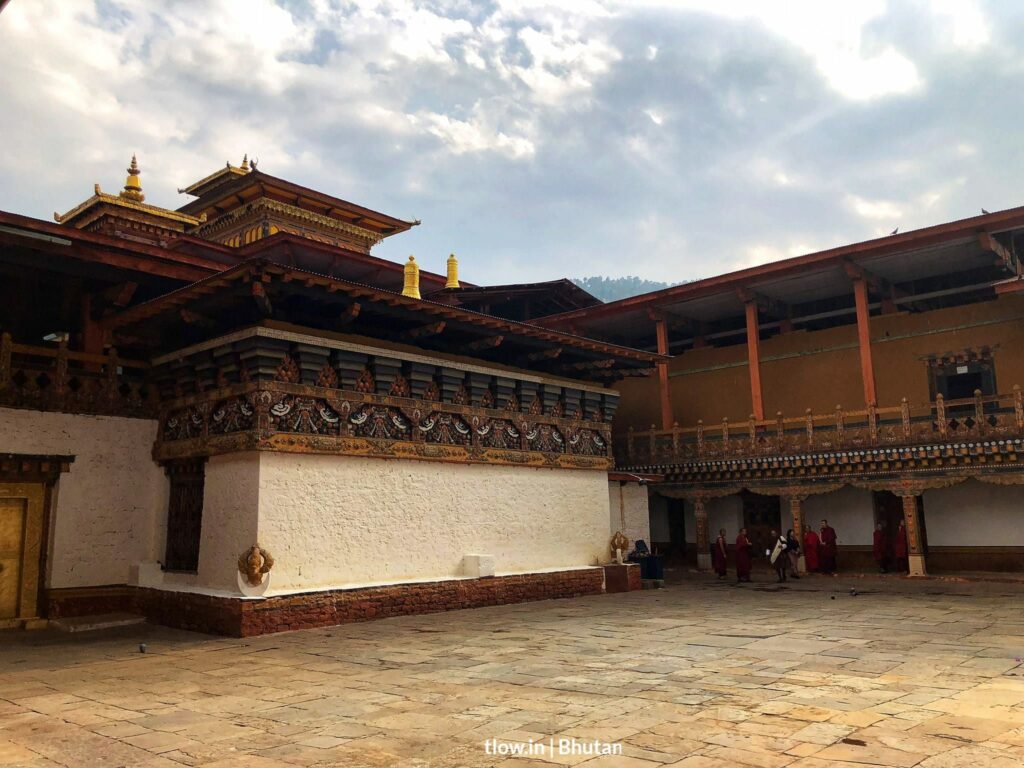
Bhutan has four distinct seasons: spring (March-May), summer (June-August), autumn (September-November), and winter (December-February). The best time to visit Bhutan depends on your preferences and interests.
– Spring is a great time to see the blooming flowers, especially the rhododendrons, magnolias, and orchids. It is also a good time for birdwatching and hiking.
– Summer is the monsoon season in Bhutan, which means heavy rains and landslides. However, it is also the time when the valleys are lush green and the festivals are colourful and lively.
– Autumn is the most popular time to visit Bhutan, as it offers clear skies, pleasant temperatures, and stunning views of the snow-capped mountains. It is also the peak season for trekking and cultural events.
– Winter is the coldest and driest season in Bhutan, but it also has its charms. You can enjoy the crisp air, the sunny days, and the occasional snowfall. It is also a good time to spot wildlife such as black-necked cranes and takins.
Where to Visit in Bhutan
Bhutan has many attractions that cater to different tastes and interests. Here are some of the highlights that you should not miss on your trip:
Paro: Paro is the gateway to Bhutan and home to its only international airport. It is also a charming town with many historical and cultural sites, such as Paro Dzong, Rinpung Dzong, Kyichu Lhakhang, Drukgyel Dzong, National Museum, and Chele La Pass. The main attraction of Paro is the iconic Taktshang Goemba, or Tiger’s Nest Monastery, which is perched on a cliff 900 meters above the valley floor. It is one of the most sacred places in Bhutan and requires a strenuous hike of about 3 hours each way.
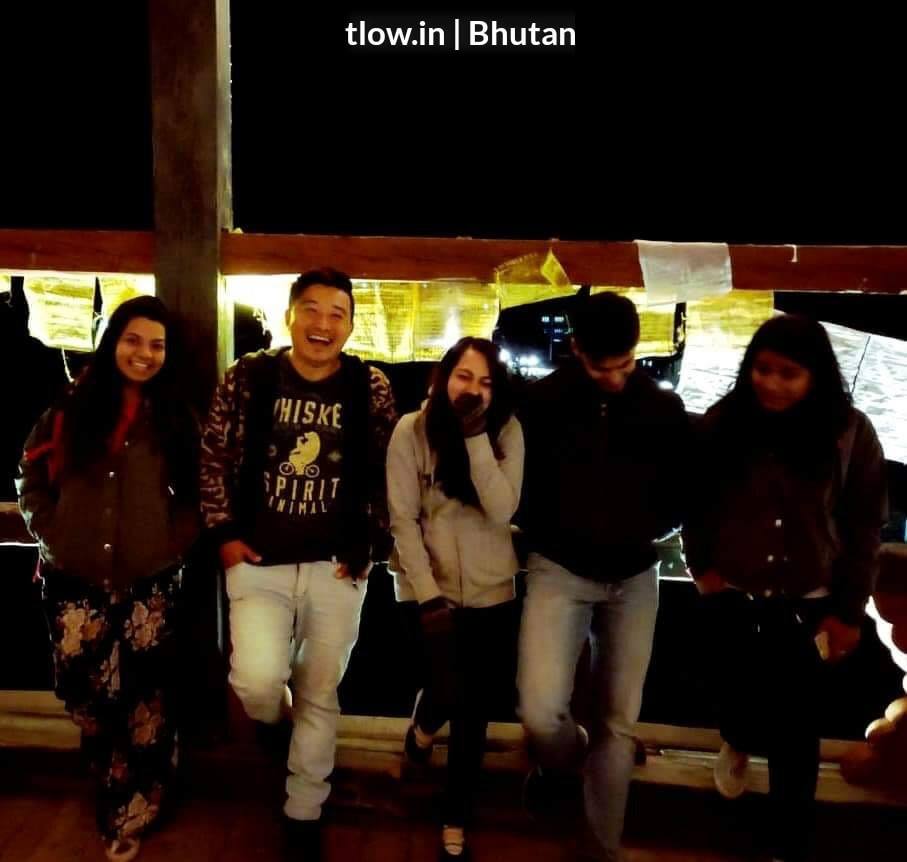
Thimphu: Thimphu is the capital and largest city of Bhutan. It is a modern city with a blend of traditional and contemporary elements. You can visit the impressive Tashichho Dzong, the seat of the government and the monastic body, the Memorial Chorten, a stupa built in honour of the third king, the Buddha Dordenma, a giant statue of Buddha overlooking the city, the Changangkha Lhakhang, a temple dedicated to the protector deity of children, the National Library, which houses ancient manuscripts and books, the Folk Heritage Museum, which showcases the rural life of Bhutan, and the National Textile Museum, which displays the art and craft of weaving.
Punakha: Punakha is the former capital and winter residence of the central monastic body. It is located in a fertile valley at the confluence of two rivers, the Mo Chhu and the Pho Chhu. The main attraction of Punakha is the Punakha Dzong, which is considered to be the most beautiful dzong in Bhutan. It was built in 1637 by Zhabdrung Ngawang Namgyal, the founder of Bhutan, and has witnessed many important events in the country’s history. You can also visit the Chimi Lhakhang, a temple dedicated to the “Divine Madman” Lama Drukpa Kunley, who is known for his unconventional teachings and humorous antics.
Bumthang: Bumthang is a region in central Bhutan that comprises four valleys: Chokhor, Tang, Ura, and Chhume. It is considered to be the spiritual heartland of Bhutan, as it has many sacred sites and monasteries, such as Jambey Lhakhang, Kurjey Lhakhang, Tamshing Lhakhang, Jakar Dzong, Mebar Tsho, and Tharpaling Monastery. Bumthang is also known for its natural beauty, its cheese and honey production, and its festivals such as Jambay Lhakhang Drup and Ura Yakchoe.
Phobjikha: Phobjikha is a glacial valley in western Bhutan that is famous for being the winter habitat of the endangered black-necked cranes. These graceful birds migrate from Tibet every year from late October to mid-February, and can be observed from various viewpoints and hides. Phobjikha is also home to the Gangtey Monastery, one of the oldest and largest Nyingma monasteries in Bhutan, and the Gangtey Nature Trail, a scenic walk that offers panoramic views of the valley.
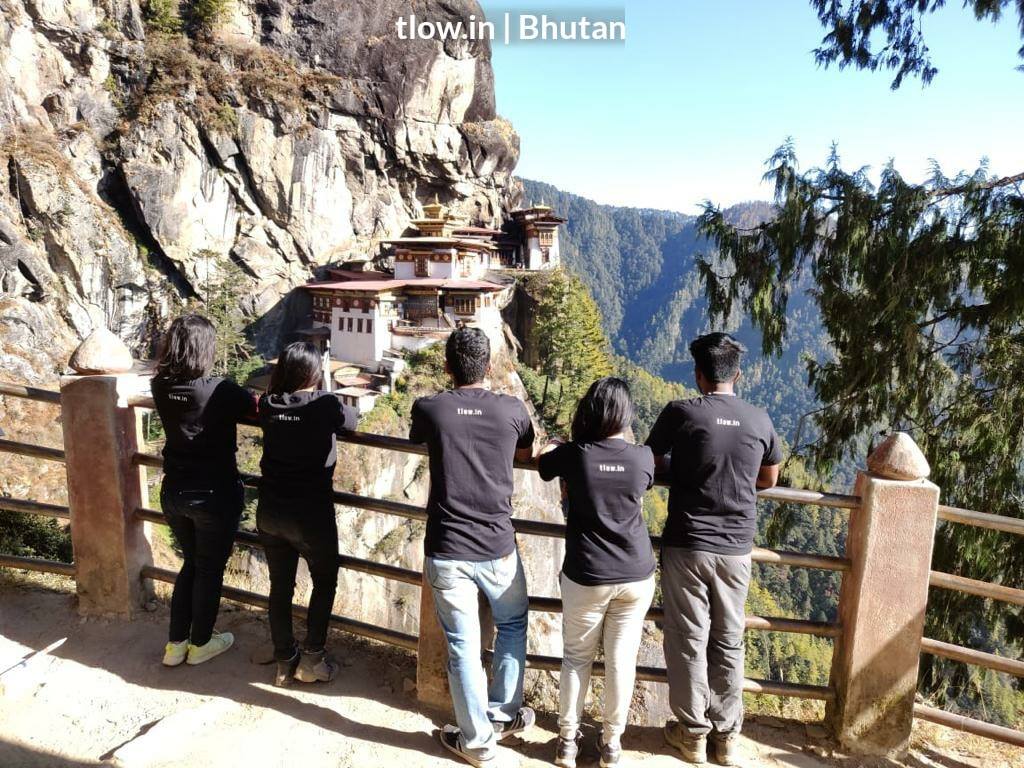
What to Do in Bhutan
Bhutan offers a variety of activities that will suit your interests and preferences. Here are some of the things that you can do in Bhutan:
- Trekking: Trekking is one of the best ways to experience the natural beauty and cultural diversity of Bhutan. There are many trekking routes that range from easy to challenging, from short to long, from low to high altitude. Some of the most popular treks are the Druk Path Trek, which connects Paro and Thimphu through scenic lakes and mountains, the Jomolhari Trek, which takes you to the base camp of Mount Jomolhari, one of the highest peaks in Bhutan, the Snowman Trek, which is considered to be one of the most difficult treks in the world, crossing 11 passes over 5,000 meters, and the Trans Bhutan Trail, which is a newly opened trail that spans across 430 kilometres from west to east Bhutan.
- Festivals: Festivals are an integral part of Bhutanese culture and religion. They are occasions for people to celebrate, pray, socialise, and have fun. The most common type of festival is called a tsechu, which means “tenth day” in Dzongkha, as they are usually held on or around the tenth day of a lunar month. Tsechus are colorful events that feature masked dances, folk songs, religious rituals, and local delicacies. Some of the most famous tsechus are Paro Tsechu, Thimphu Tsechu, Punakha Tsechu, Bumthang Tsechu, and Wangdue Tsechu.
- Adventure: If you are looking for some adrenaline rush, Bhutan has plenty of options for you. You can try rafting or kayaking on one of its many rivers, such as Mo Chhu, Pho Chhu, Wang Chhu, or Sankosh. You can also try archery, the national sport of Bhutan, and test your skills and accuracy with a traditional bow and arrow. Or you can go mountain biking, and ride through the rugged trails and scenic routes of Bhutan. Or you can try paragliding, and soar above the valleys and hills of Bhutan, enjoying the bird’s eye view of the landscape.
- Culture: Bhutan is a country that has a rich and unique culture that reflects its Buddhist heritage and its Himalayan environment. You can learn more about the culture of Bhutan by visiting its many monasteries, temples, museums, and art galleries. You can also interact with the local people, who are friendly, hospitable, and proud of their identity. You can experience their way of life, their customs, their cuisine, and festivals. You can also witness their arts and crafts, such as weaving, painting, carving, and embroidery.
- Nature: Bhutan is a country that has a diverse and pristine nature that is home to many flora and fauna. You can enjoy the nature of Bhutan by visiting its national parks, wildlife sanctuaries, botanical gardens, and hot springs. You can also spot some of its rare and endangered species, such as the snow leopard, the red panda, the golden langur, the Himalayan black bear, and the blue poppy. You can also admire its natural wonders, such as the Taktsang Monastery, the Dochula Pass, the Phobjikha Valley, the Jigme Dorji National Park, and the Haa Valley.
How to End Your Trip to Bhutan
Bhutan is a country that will leave you with unforgettable memories and impressions. You will be amazed by its beauty, inspired by its culture, and touched by its people. You will also learn more about yourself and your values, as you will experience a different way of living and thinking.
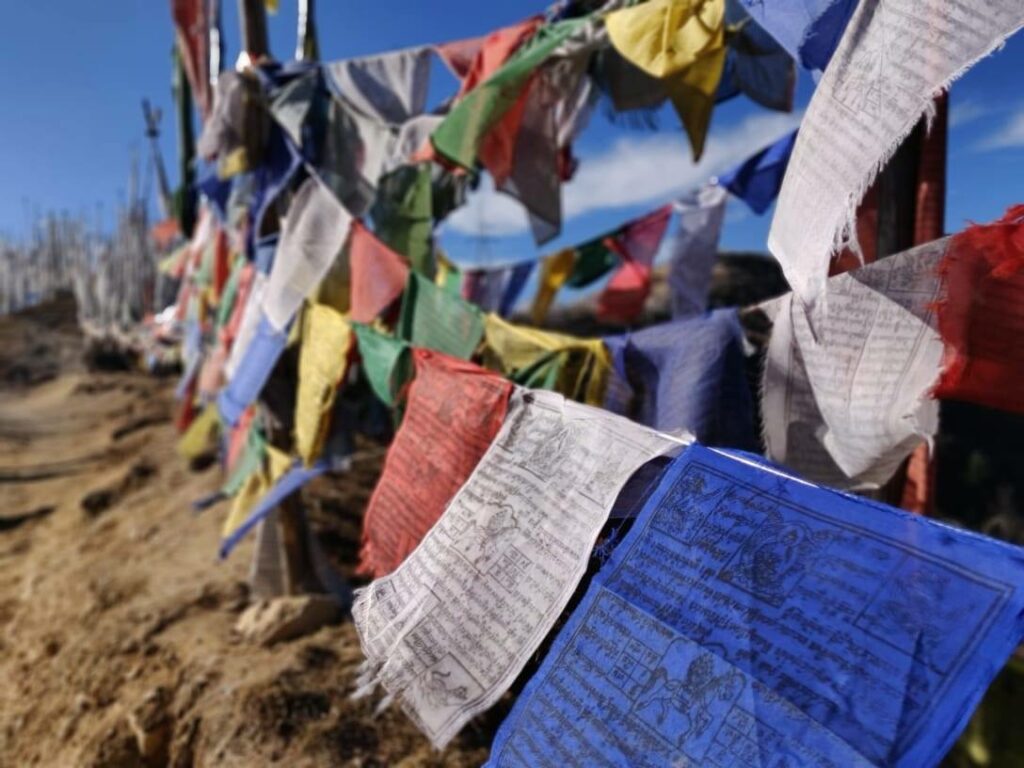
To end your trip to Bhutan, you can do some souvenir shopping at the local markets or handicraft shops. You can buy some items that represent Bhutan’s culture and identity, such as prayer flags, prayer wheels, thangkas (religious paintings), masks, statues, jewellery, textiles, carpets, or books. You can also buy some products that are made in Bhutan, such as cheese, honey, tea, incense, or soap.
You can also write a thank-you note to your guide and driver, who have been your companions and friends during your trip. You can express your gratitude and appreciation for their service and hospitality. You can also give them a tip or a gift as a token of your generosity.
Finally, you can say goodbye to Bhutan with a smile and a bow. You can say “Kadrin chhe la” (thank you very much) or “Tashi delek” (good luck) to the people you meet. You can also say “Log jay gay” (see you again) or “Shu lay sho” (safe journey) to your guide and driver. You can also say “Druk yul” (land of the thunder dragon) or “Gyalyong gakid pelzom” (may Bhutan be happy forever) to the country itself.
Bhutan is a country that will stay in your heart and mind for a long time. It is a country that will make you happy and peaceful. It is a country that will make you want to come back again.I hope this article has helped you plan your trip to Bhutan. We hope you have a wonderful time in this magical kingdom. We hope you find your own Shangri-La in Bhutan.
Text by Harender Singh
